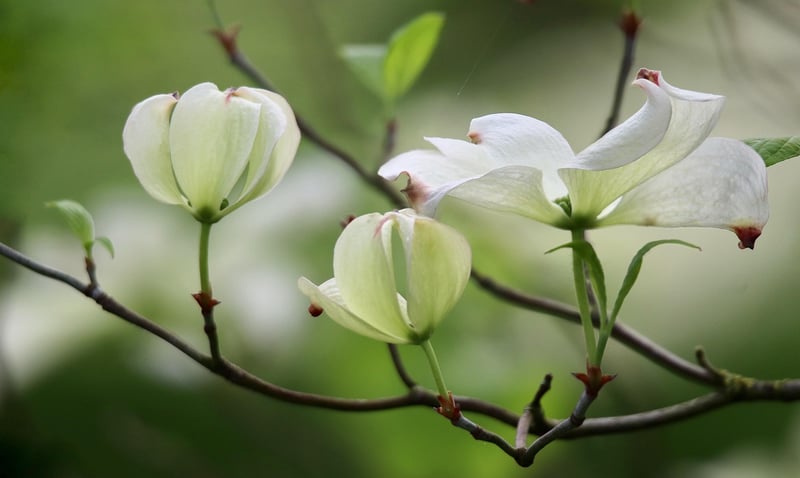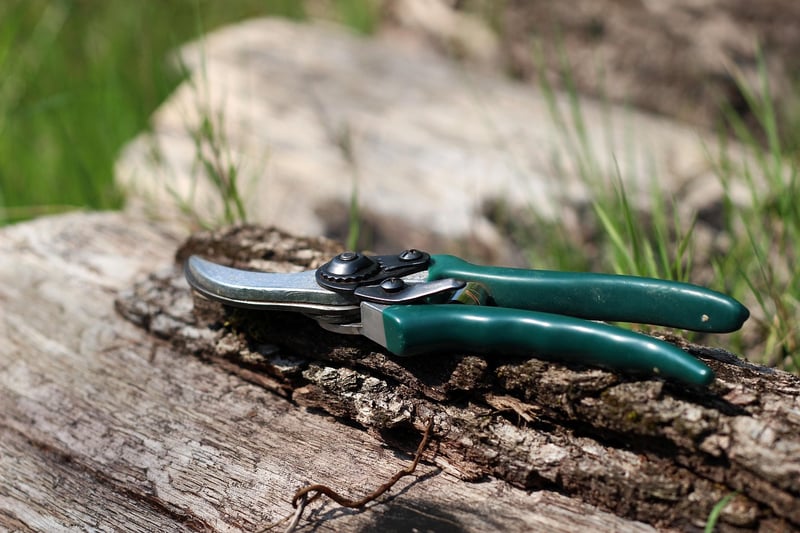Pruning Techniques
Nurturing Plants: Tips and Techniques
The Importance of Nurturing Plants
Plants are a valuable part of our environment, providing beauty, oxygen, and a sense of calm. Nurturing plants is essential for their growth and overall health.
Tips for Nurturing Plants
- Provide Adequate Sunlight: Most plants require sunlight to thrive. Ensure your plants are placed in an area where they receive sufficient sunlight.
- Water Regularly: Different plants have varying water needs. Be sure to water your plants according to their specific requirements.
- Fertilize Appropriately: Use fertilizers to provide essential nutrients to your plants. Follow instructions to avoid over-fertilizing.
- Monitor for Pests: Keep an eye out for pests that can damage your plants. Treat any infestations promptly.
- Prune When Necessary: Regular pruning can help plants maintain shape, promote growth, and remove dead or diseased parts.
Pruning Techniques
Pruning is a crucial aspect of plant care that involves selectively removing certain parts of a plant to improve its health and appearance. Here are some common pruning techniques:
1. Deadheading
Remove spent flowers to encourage new blooms and prevent the plant from focusing energy on seed production.

2. Thinning
Thin out excess growth to improve air circulation and light penetration, reducing the risk of diseases.

3. Heading Back
Heading back involves cutting back the tips of branches to promote bushier growth and control the plant's shape.

By following these tips and techniques, you can ensure your plants thrive and enhance the beauty of your surroundings.
Remember, each plant species may have specific care requirements, so always consult plant-specific guides for the best results.
